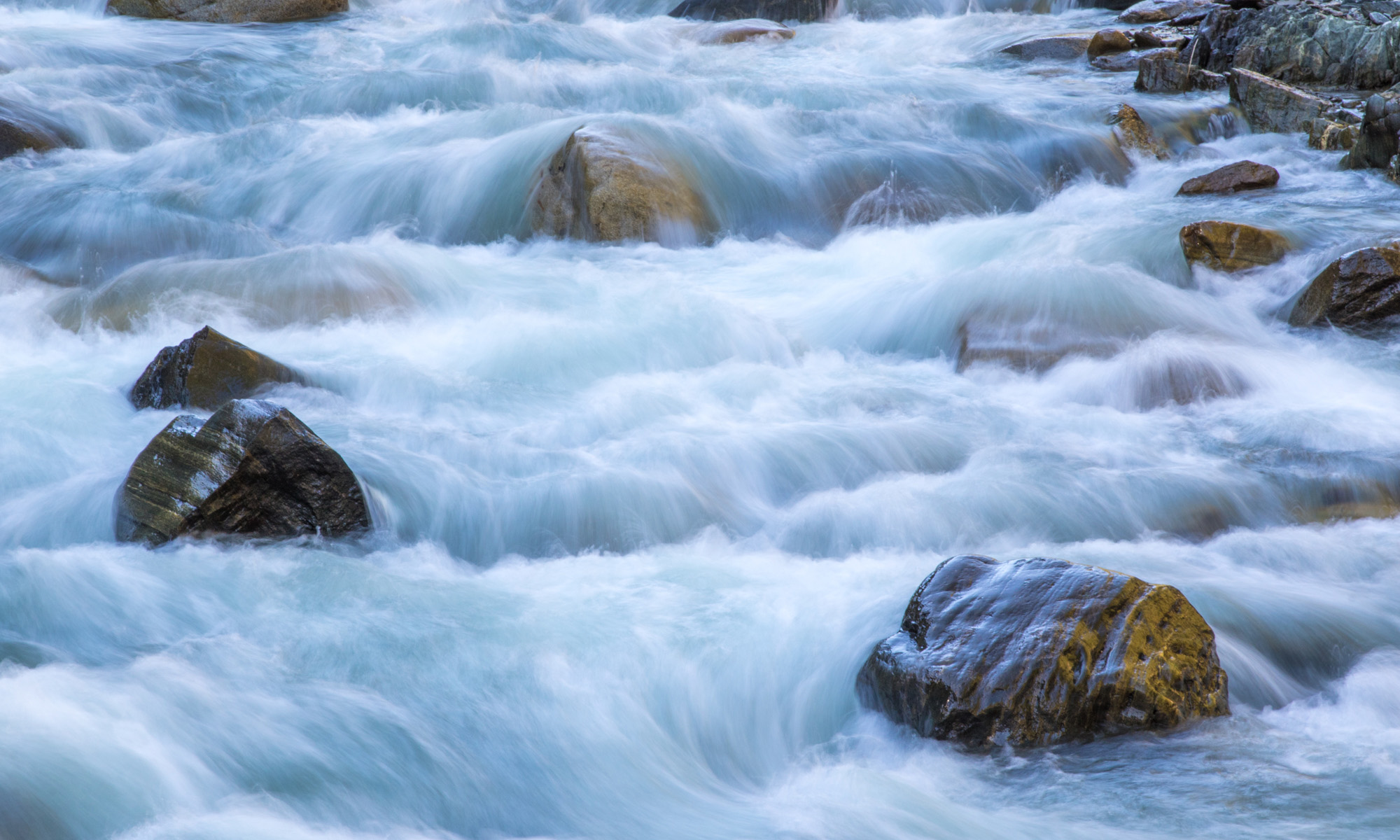Today’s Question: The size of the original raw photo (CR3 from a Canon R5) was approximately 45 megabytes. When I sent the image to Photoshop from Lightroom Classic to use Generative Fill for image cleanup, the resulting TIF file is now nearly 650 megabytes in size. Is this normal and, even if it is, do you have any suggestions that would keep resulting edits (when they become TIF’s via Photoshop) to a more “reasonable” size?
Tim’s Quick Answer: This significant increase in file size is mostly due to the use of Generative Fill in Photoshop without flattening the layers. In the absence of the use of Generative Fill in this case the resulting file would not have been anywhere near as large.
More Detail: A TIFF file will always have a considerably larger file size that a raw capture, though there are a number of factors that can dramatically increase the file size for a TIFF image.
To begin with, in most cases a raw capture only contains only one of the three RGB (red, green, blue) for each of the pixels in the final image. It is not until the raw capture is processed to create another image that the full pixel data is generated. At that time, the file will generally be at least three times larger than the raw capture based on 8-bit per channel mode. If the TIFF image was saved in the 16-bit per channel mode, that base file size increases to six times the original file size.
So, in the case of a 45MB raw capture, a TIFF saved in 8-bit per channel mode would be about 135MB in size. At 16-bits per channel that file size would increase to about 270MB.
However, the Generative Fill feature adds an additional layer with considerable data. This can lead to an image that is almost ten times larger than the original raw capture.
There are two basic strategies that can be used to reduce the file size of a TIFF or PSD image. One is to flatten layers once you’re completely confident that the image is completely finished and you don’t need to modify any of the existing layers. Of course, you always have the raw capture to go back to if you need to make changes, but this could still involve considerable work depending on what you had done in Photoshop.
The other thing you could do is convert the image to 8-bit per channel mode rather than 16-bit per channel mode. I only recommend considering this option if you are completely finished with adjustments and you have flattened all layers, because otherwise converting to 8-bit per channel can cause posterization (a loss of smooth gradations in the image).
Note that there is also compression available for TIFF files, which can help reduce the file size to some extent. This won’t make as much of a difference as the above options, but it is helpful. In Lightroom Classic you can go to the External Editing tab of the Preferences dialog and choose ZIP from the Compression popup. This will help reduce file size without any impact on image quality.

